Witches and Reform: The PWC’s Spellbinding Past
A look into the past
When the Peoria Women’s Club (PWC) was founded in 1886, it became a crucial platform for addressing issues like education, suffrage, and social reform. This was a time of significant change, heavily influenced by the Civil War. With many men away fighting, women stepped into roles traditionally occupied by men, creating new opportunities for social and political activism.
During this era, Spiritualism also surged, offering comfort and a unique public space for mourning. Séances and mediumship became popular as people sought solace. By the end of the Civil War, Spiritualism had grown significantly in the U.S., with around 11 million followers and 35,000 active mediums. This movement, with its unique role in providing a public platform for women's voices, allowed women to express themselves publicly at a time when their voices were often marginalized. Prominent figures like Victoria Woodhull, who transitioned from being a spirit medium to being the first woman to run for President of the United States, demonstrated how Spiritualism intersected with the women’s rights movement, supporting causes like abolitionism and suffrage.
Witch graphic from the “Witches Review” from the Peoria Women’s Club archive
The Peoria Women’s Club’s decision to host a Witches & Warlocks Ball in 2024 is a whimsical homage to their building’s rich history and the interconnected influences of the Women’s Club movement and Spiritualism. On January 20, 1926, the club celebrated its fortieth anniversary with a “Witches Review” to honor the pioneering women who founded it. The event, held on the second-floor theater stage, featured various creative acts written by Verra Thomas Griffith, all tied together by three witches humorously referencing Shakespeare’s Macbeth. The performance was followed by dancing on the first floor. The witches, played by Miss Goldanna Cook, Mrs. Frances Wittick, and Mrs. Mae Bellinger, made memorable entrances on a broomstick, a carpet sweeper, and a vacuum cleaner, respectively.
In the early 20th century, witches were often depicted as alluring and sophisticated, reflecting the growing acceptance of women’s independence and autonomy. This portrayal aligned with the emergence of the “New Woman,” who sought more control over her own life. However, as the century progressed, media portrayals of witches shifted back to more traditional and fearsome stereotypes characterized by sinister traits. This trend continued until the late 20th century when modern depictions of witches emphasized empowerment, personal strength, and social justice.
This Ball is more than just an evening of celebration; it is a vital step toward preserving a historic venue that represents women’s activism, cultural contributions, and the evolution of societal attitudes. This event will celebrate the club’s rich history and be a crucial fundraiser for restoring Peoria’s oldest theater.
Written by Lynette Woelfle Steger for Peoria Women's Club, October 2024

